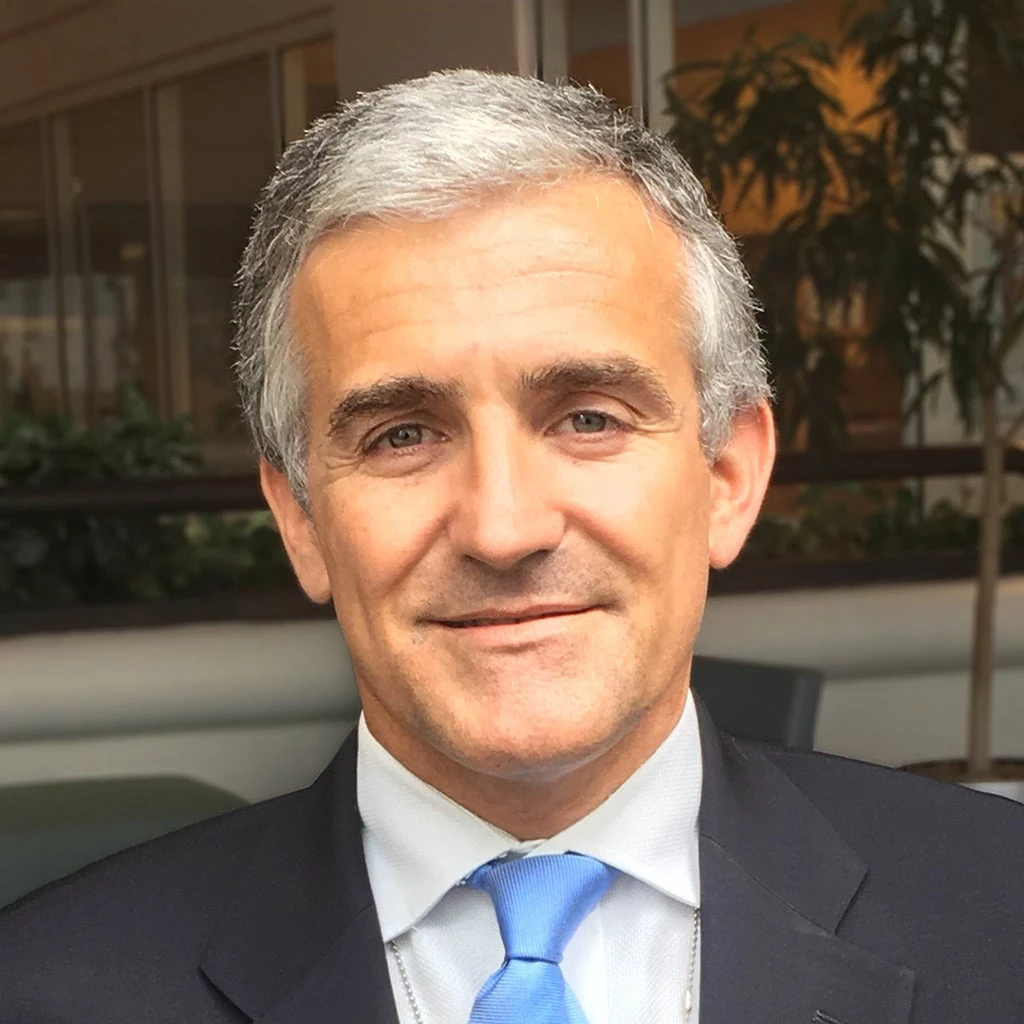 Home to one of the world’s most rapidly expanding populations, the Middle East and North Africa (MENA) region is currently around 60% urbanized. Its urban population is expected to double or triple in the next 30 years. The region will experience a 65% increase of its urban population, corresponding to over 130 million additional urban inhabitants by 2030. Indeed, the region’s average annual urban growth rate in the past two decades is exceeded only by Sub-Saharan Africa, which is far less urbanized.
Home to one of the world’s most rapidly expanding populations, the Middle East and North Africa (MENA) region is currently around 60% urbanized. Its urban population is expected to double or triple in the next 30 years. The region will experience a 65% increase of its urban population, corresponding to over 130 million additional urban inhabitants by 2030. Indeed, the region’s average annual urban growth rate in the past two decades is exceeded only by Sub-Saharan Africa, which is far less urbanized.
MENA cities face many challenges, from the proliferation of slums, informal settlements and increasing urban sprawl to the growing urbanization of poverty. They are also confronted with lagging service delivery, dysfunctional land and housing markets, weak city/urban management and a high vulnerability to climate change and natural disasters.
It is no surprise that the Arab Spring and the growing popular claims for “dignity, respect and freedom” stemmed from the region’s urban centers this past year. In large part carried out by the youth, who faces the added challenge of high unemployment rates.
Services and manufacturing activities constitute up to 90% of the GDP of the region’s urban centers. In short, cities are the region’s main engines of growth. As such, cities need to be well governed, empowered, and sustainably managed to fully leverage local and regional potentials. Current ad hoc approaches to urban management and planning and scarce natural resources across the region require a different answer: a truly transformational local development approaches.
The new importance of voice and accountability agenda in many countries in the region will require stronger local-level institutions. Citizen participation needs local intermediaries and more bottom-up processes,broadening access to local services and building social capital as happened in other countries such as Turkey, Indonesia or the Philippines. Focusing at the local level helps to address pressing issues, while planting the seed towards a more democratic, inclusive and durable state. From Yemen to Tunisia, developing a local agenda could have significant future impact in terms of economic growth, job creation and stability.
Doing things differently in support of the Arab World cities consists of focusing on local empowerment, decentralization, participatory approaches and cities’ accountability – Concepts which would not have been listed on top of the region’s urban agenda a year ago.
These new approaches will contribute to the development of accountable cities, with systems of urban governance best suited to deliver on the economic, social and environmental promises of urbanization as well as build inclusive and accountable grassroots institutions of the poor.
These new local development approaches will make cities more sustainable, more livable, more productive and above all, more inclusive. It will also provide local services to all and a better integration of the urban area’s poorest into the city’s social and economic fabric.
Finally, these approaches will helpreduce regional disparities and disadvantaged regions, a critical concern for policy makers across MENA, as seen in the case of Tunisia, Morocco, or Egypt.
From Spring to Renaissance, repositioning Arab cities will allow governments to see the incredible and unexploited potential benefitting all.


Join the Conversation